Hole in the Clouds
Nov 18, 2011
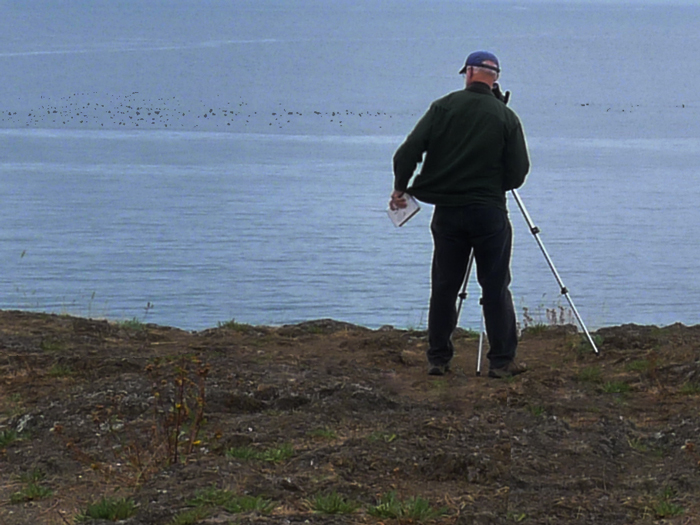 He had driven a thousand miles for the chance to set up his scope at Deception Pass, on Puget Sound about an hour north of Seattle. But the notebook in his left hand received no new entries; he saw birds, to be sure, but he'd seen them all before. The only thing he saw that day of even mild ornithological interest was the long line of black dots way out at sea–they were grebes, he told us, a very common waterbird, but a kind that didn't usually flock together so massively; there were hundreds of grebes out there on the tide, he estimated, bobbing and diving, more by far than he'd ever seen in one place before.
He had driven a thousand miles for the chance to set up his scope at Deception Pass, on Puget Sound about an hour north of Seattle. But the notebook in his left hand received no new entries; he saw birds, to be sure, but he'd seen them all before. The only thing he saw that day of even mild ornithological interest was the long line of black dots way out at sea–they were grebes, he told us, a very common waterbird, but a kind that didn't usually flock together so massively; there were hundreds of grebes out there on the tide, he estimated, bobbing and diving, more by far than he'd ever seen in one place before.
The Audubon Society reports that grebes are pretty standard inhabitants of Deception Pass and thereabouts, along with mergansers, cormorants, black oystercatchers, alcids, and common and Pacific loons. But the big ornithological draw, especially in the wintertime, is the red-throated loon. Maybe this birdwatcher will schedule another trip when the weather is a whole lot worse.
Washington
landscape
Deception Pass State Park
ocean
coast
Dec 23, 2013

They eat guppies in New Zealand.
Actually, I don't know if they eat guppies there, but they definitely eat wormy little baby fish they call whitebait, which are similar to guppies in size, sliminess, and bug-eyedness.
Every spring, wherever rivers run into the sea in New Zealand, which is pretty much everywhere, people go whitebaiting. They rig up fine mesh nets from docks called whitebait stands or they pull up a chair along the riverbank or swing nets just inside the surfline at the river mouth. When the fish start running, the whitebaiters cook up their catch, usually as fritters made with egg and a bit of flour, often served on buttered bread.
The fish known as whitebait, which actually include at least five different species, are born in freshwater, get swept out to sea as babies, then return as juveniles to run upriver, where they will mature and spawn . . . if they don't get netted along the way.
Despite strict government regulation, the whitebait runs nowadays aren't what they used to be. A hundred years ago, whitebaiters caught more than they could ever hope to eat; they fed the excess to pigs or buried it in their gardens as fertilizer. In recent years, however, agricultural chemicals and population pressures in river valleys have destroyed much upriver whitebait habitat. Also, there's the obvious unsustainability of catching so many baby fish before they have a chance to grow up and reproduce.
Only in the nearly roadless region of South West New Zealand, where rivers plunge through rainforest from alpine heights to the coast, has whitebaiting remained as productive as ever. Whitebait buyers on the rivers there acquire the makings of fritters for stores and restaurants all over the country.
They're not cheap. In 2006, fresh whitebait went for $12.95 per hundred grams–about $60 a pound.
fish
New Zealand
coast
rivers
sustainability
whitebait
South West
(Image credits, from top: Juliette Armstrong, Rick Wilmore, Little Fuji)
Mar 22, 2018
 The Cornish daffodil fields produce 90 percent of England's commercial daffodil crop. In my neck of the woods, almost 5,000 miles from Cornwall, daffodils are blooming noncommercially even as we speak.
The Cornish daffodil fields produce 90 percent of England's commercial daffodil crop. In my neck of the woods, almost 5,000 miles from Cornwall, daffodils are blooming noncommercially even as we speak.
Perhaps in your neighborhood they're already fading, or maybe the new tips of their leaves are still hidden in the snow–no matter; spring is trundling on in these days, and if it's early spring, There Will Be Daffodils.
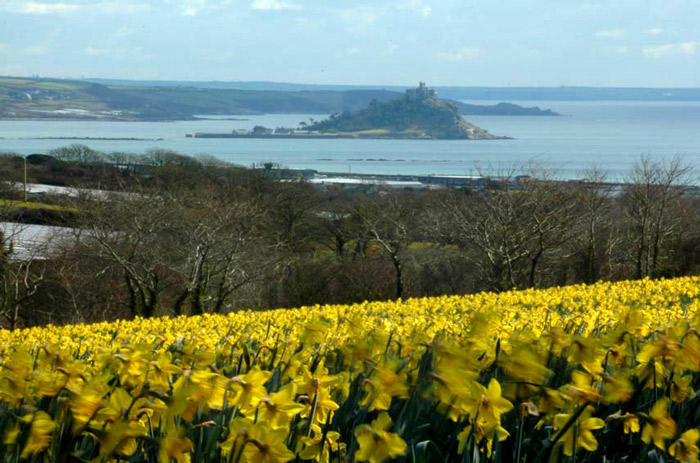

landscape
flowers
England
spring
coast
daffodils
castle
fields
farmland
hills
Cornwall
(Image credits: top, Image1.me; middle, cornwalls.co.uk; bottom, Jim Peters)
 He had driven a thousand miles for the chance to set up his scope at Deception Pass, on Puget Sound about an hour north of Seattle. But the notebook in his left hand received no new entries; he saw birds, to be sure, but he'd seen them all before. The only thing he saw that day of even mild ornithological interest was the long line of black dots way out at sea–they were grebes, he told us, a very common waterbird, but a kind that didn't usually flock together so massively; there were hundreds of grebes out there on the tide, he estimated, bobbing and diving, more by far than he'd ever seen in one place before.
He had driven a thousand miles for the chance to set up his scope at Deception Pass, on Puget Sound about an hour north of Seattle. But the notebook in his left hand received no new entries; he saw birds, to be sure, but he'd seen them all before. The only thing he saw that day of even mild ornithological interest was the long line of black dots way out at sea–they were grebes, he told us, a very common waterbird, but a kind that didn't usually flock together so massively; there were hundreds of grebes out there on the tide, he estimated, bobbing and diving, more by far than he'd ever seen in one place before. They eat guppies in New Zealand.
They eat guppies in New Zealand.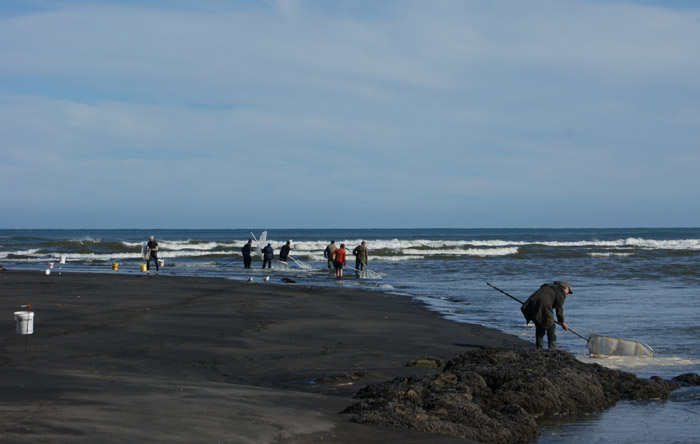
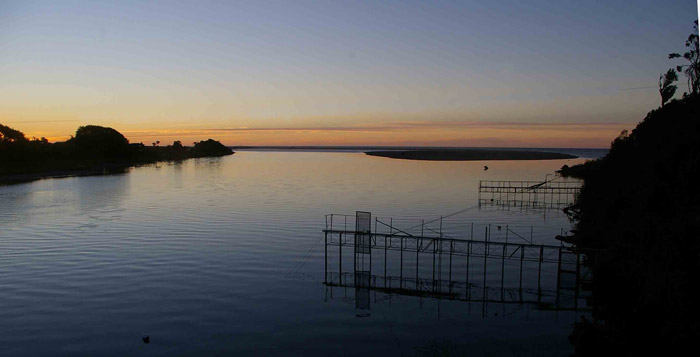
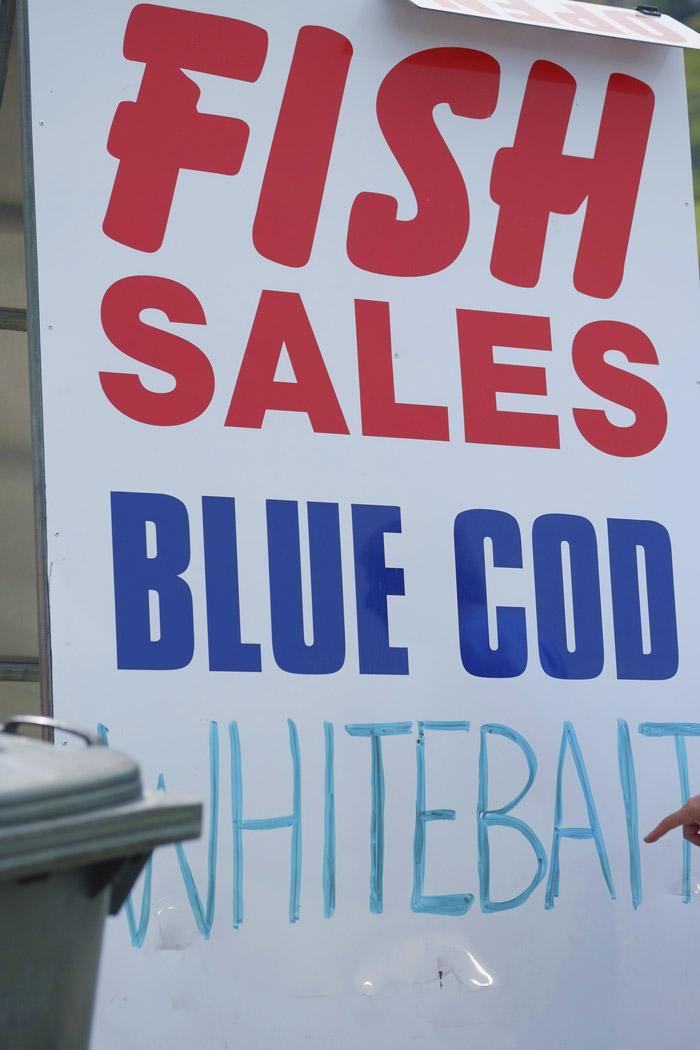
 The Cornish daffodil fields produce 90 percent of England's commercial daffodil crop. In my neck of the woods, almost 5,000 miles from Cornwall, daffodils are blooming noncommercially even as we speak.
The Cornish daffodil fields produce 90 percent of England's commercial daffodil crop. In my neck of the woods, almost 5,000 miles from Cornwall, daffodils are blooming noncommercially even as we speak.
